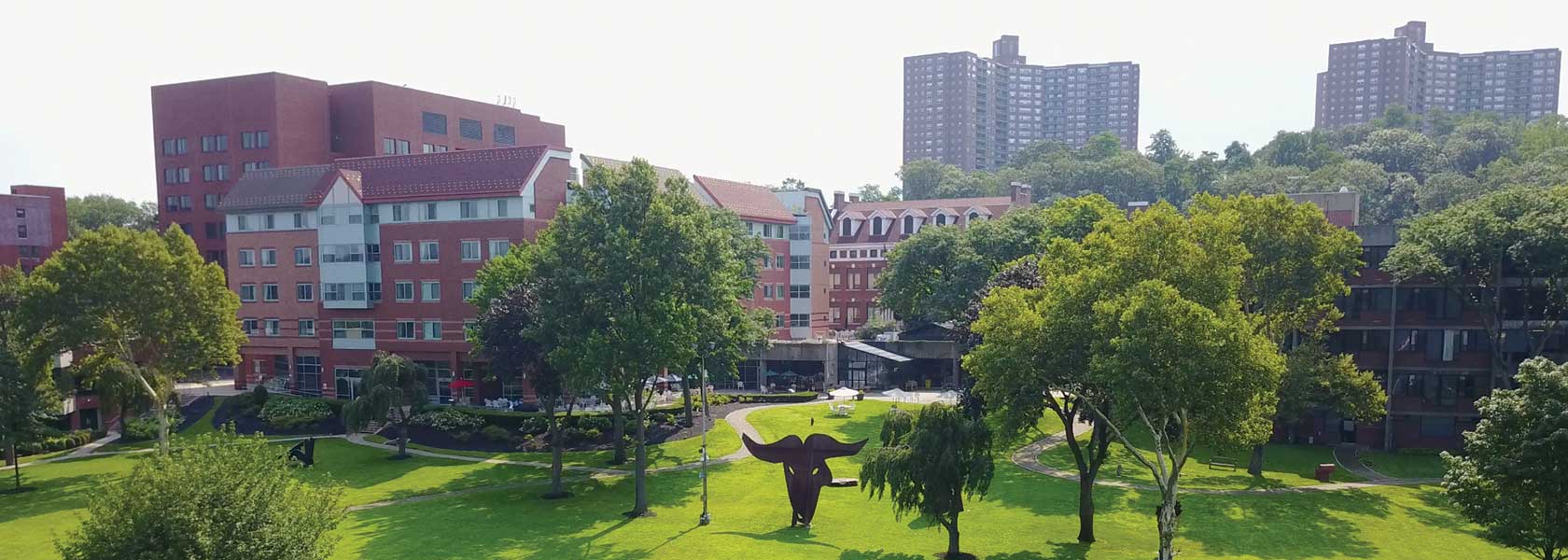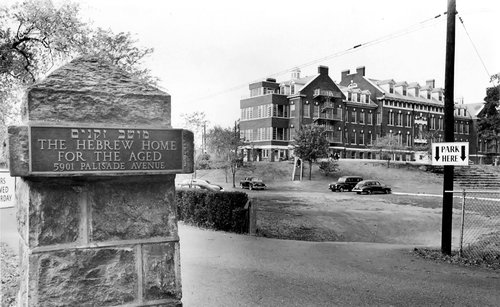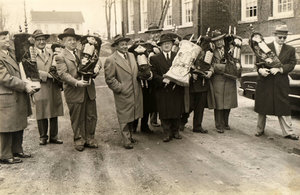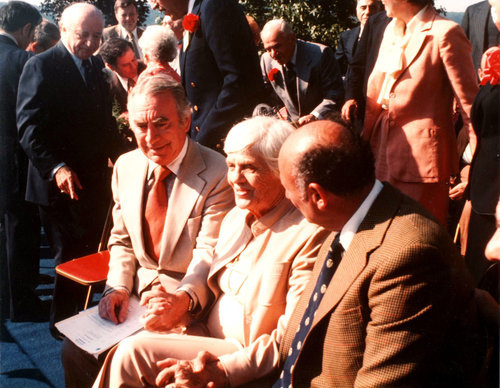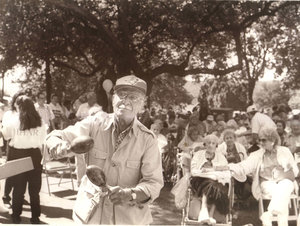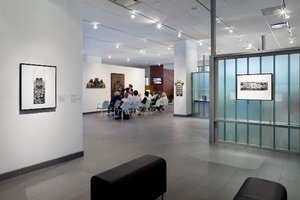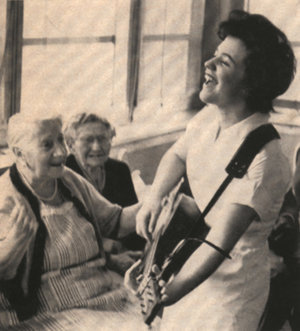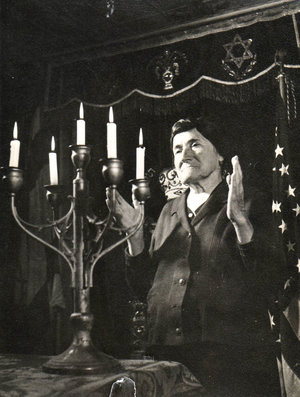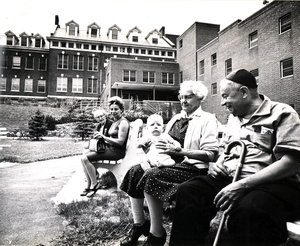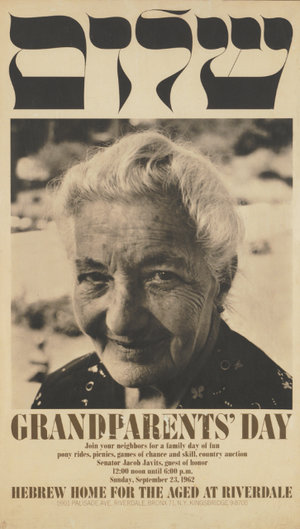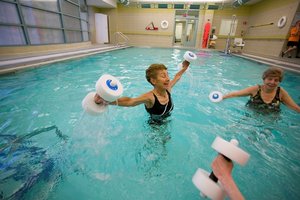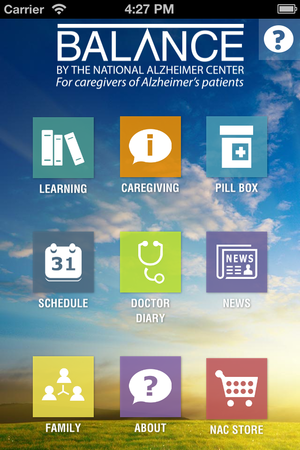The Hebrew Home at Riverdale Centennial celebration.
In 2017, the Hebrew Home at Riverdale marked its 100th anniversary. What began in Harlem as a small shelter for 20 elderly immigrants has transformed into RiverSpring Living, one of the nation’s most comprehensive, innovative, and compassionate health care organizations. We care for more than 12,000 older New Yorkers each day. Known for challenging stereotypes, confronting ageism, and embodying a pioneering spirit, RiverSpring Living provides managed long-term care, assisted living, rehabilitation services, housing, and skilled nursing at the world-renowned Hebrew Home at Riverdale.
Our specialized services also include elder abuse prevention, memory care, LGBTQ programs, and a rich array of art and cultural offerings. We look forward to our next century of helping older New Yorkers age well, sending the message that aging is a relevant and meaningful journey.
And that journey continues. We are currently on track to break new ground on NYC’s first and only Life Care Community known as River’s Edge. This modern, cosmopolitan community will meet the discerning tastes and the changing needs of today’s older New Yorkers.

